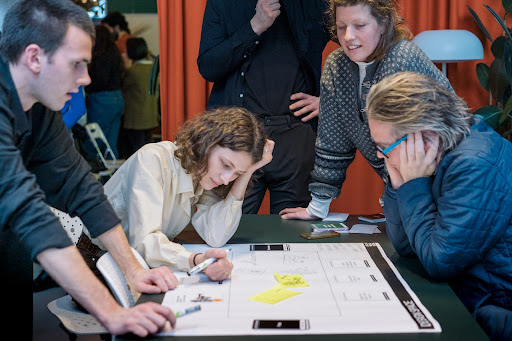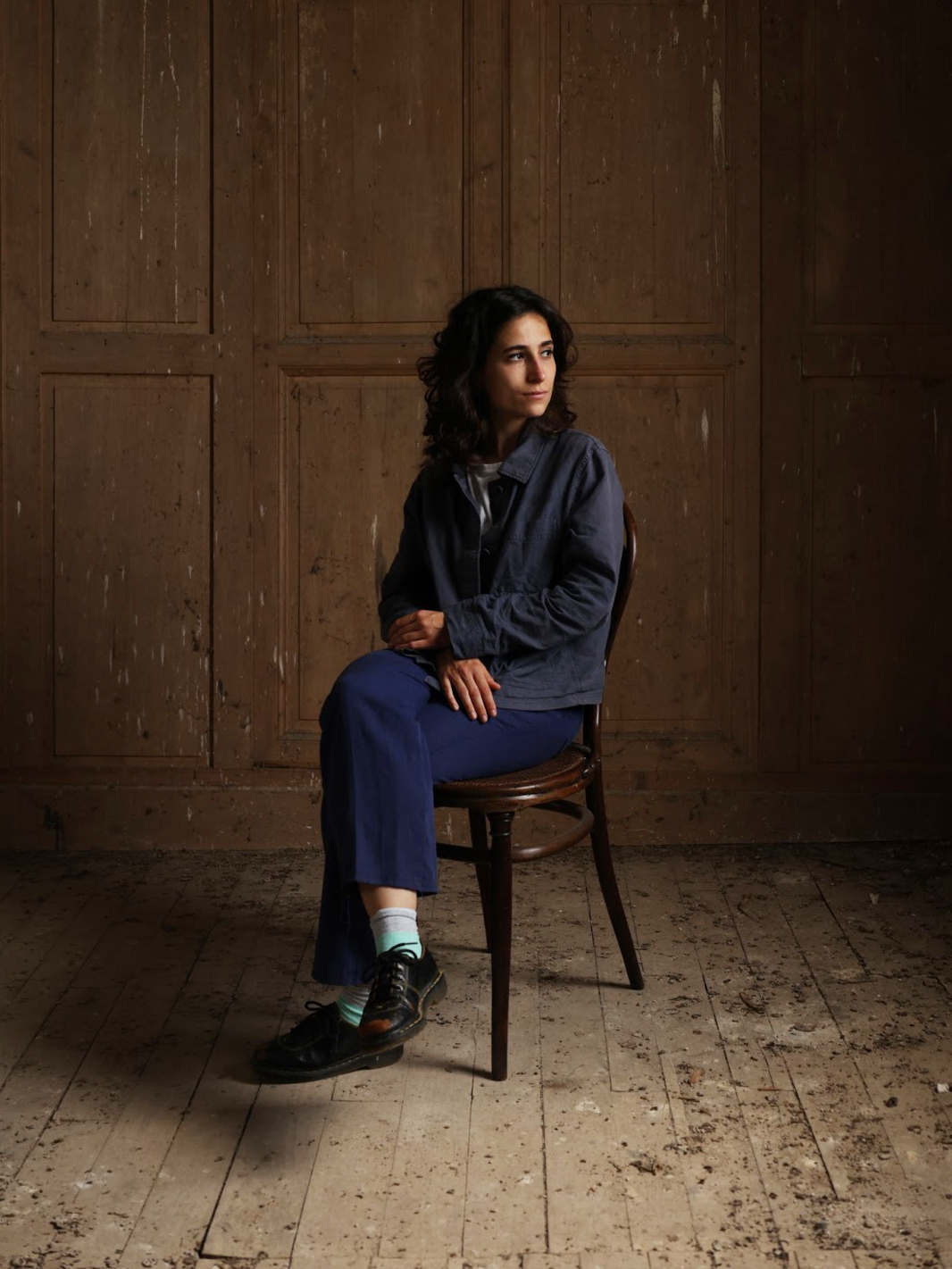Syllabus⇝
In designing for emergent futures, an Atlas of Weak Signals serves as a visible methodology and structure to situate students, designers and a wide range of professionals from different fields, enabling them to start identifying potential intervention opportunities. It offers immediate keywords for research and experimentation and provides a starter design space to gain confidence and direction on where to begin, allowing for students and faculty to find design and intervention contexts and opportunities.
A design space is: A navigational tool in the design practice to ground reflection. Visual databases to collect references, projects, materials, prototypes, etc.
The goal of this first Atlas of Weak Signals week is to give the students a general overview of the signals and toolkit that constitute the ongoing Atlas, a showcase of the research projects developed by former students and research faculty, and finally, a glimpse into a specific context which offers a hyper-local and situated view of some of the possible vectors that the Atlas presents.
Schedule⇝
Total Duration: 6h hours
Oct 10th & 11th, 2023
Tuesday - Introduction to the Course and the Toolkit
10:00-13:00h
Modality: In-Person. Location (TBC)
An exercise will be given to complete in the afternoon as individual work.
Assignment
Wednesday - Weak Signals application / Work on the Multiscalar Design Space
10:00-13:00h
Modality: In person, Iaac Classroom
Deliverables⇝
One post on the personal student website with a reflection regarding their Atlas of weak signal design space. This reflection should include an introspective view concerning the benefits (or not) of the tool provided. High resolution image of their first Multiscalar Design Space.
Additional Resources⇝
Grading Method⇝
Grading criteria will be defined by faculty during the module.
European Credit Transfer and Accumulation System (ECTS)
1 ECTS
Faculty⇝
As a designer and researcher with a strong focus on sustainable practices and innovative design methodologies, Jana is committed to questioning and challenging the field of design. By continuously striving for movement and positive change, she puts sustainability, innovation, and care at the forefront of her work — which is always underpinned by post-humanist and feminist materialist thought. In her design practice, Jana’s work is community-driven and collaborative, working with other designers and artists to create thought-provoking installations and experiences.

